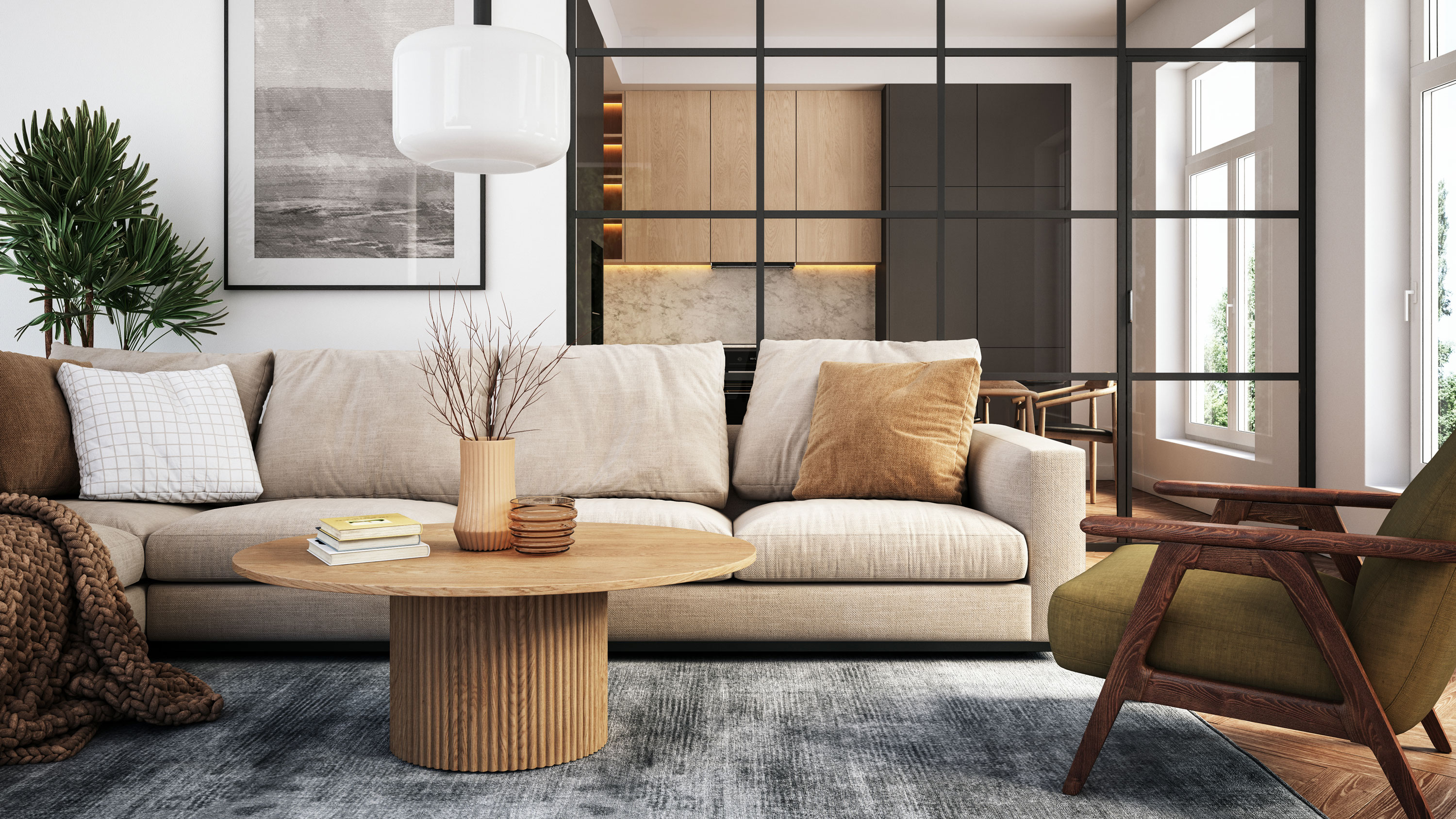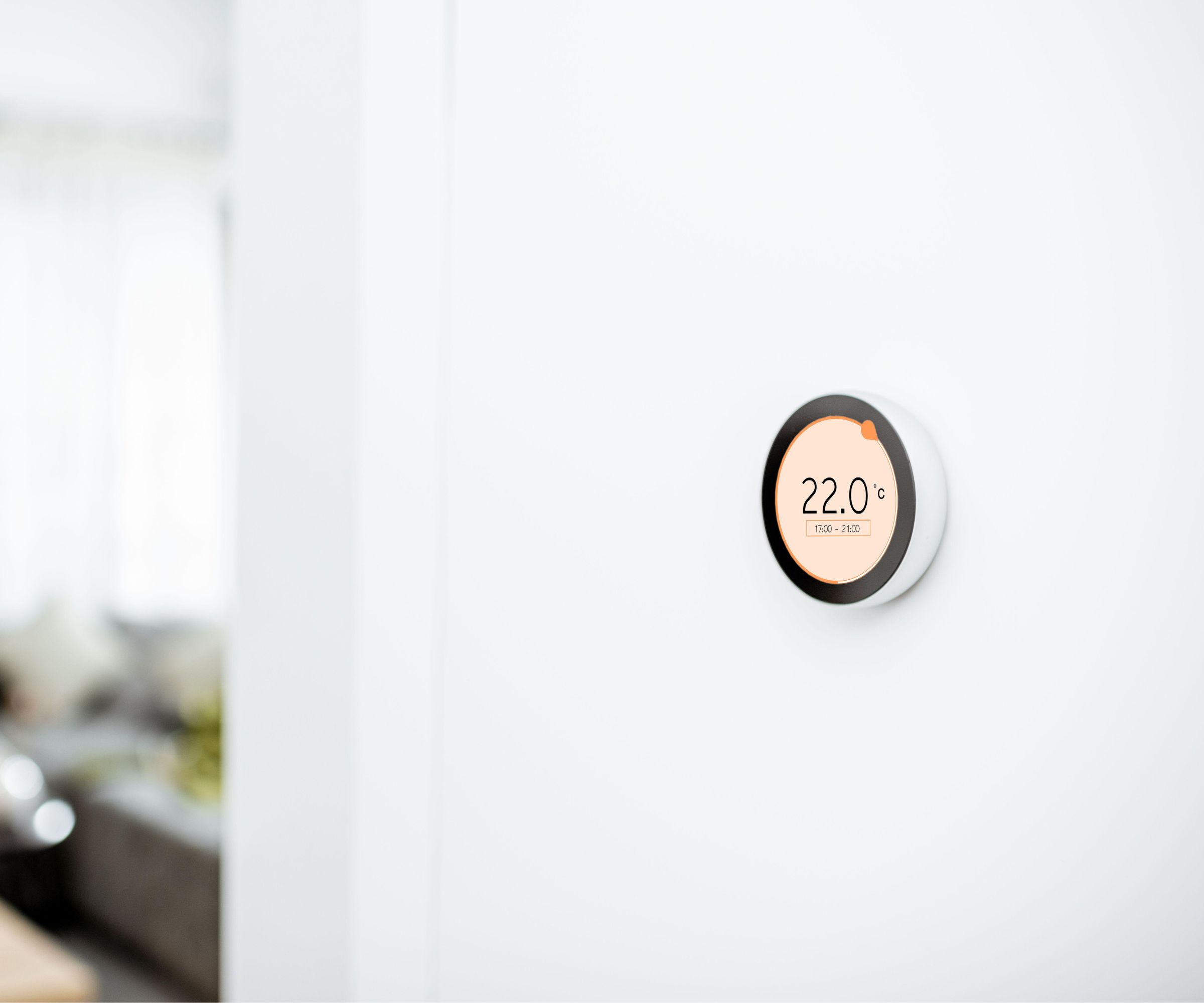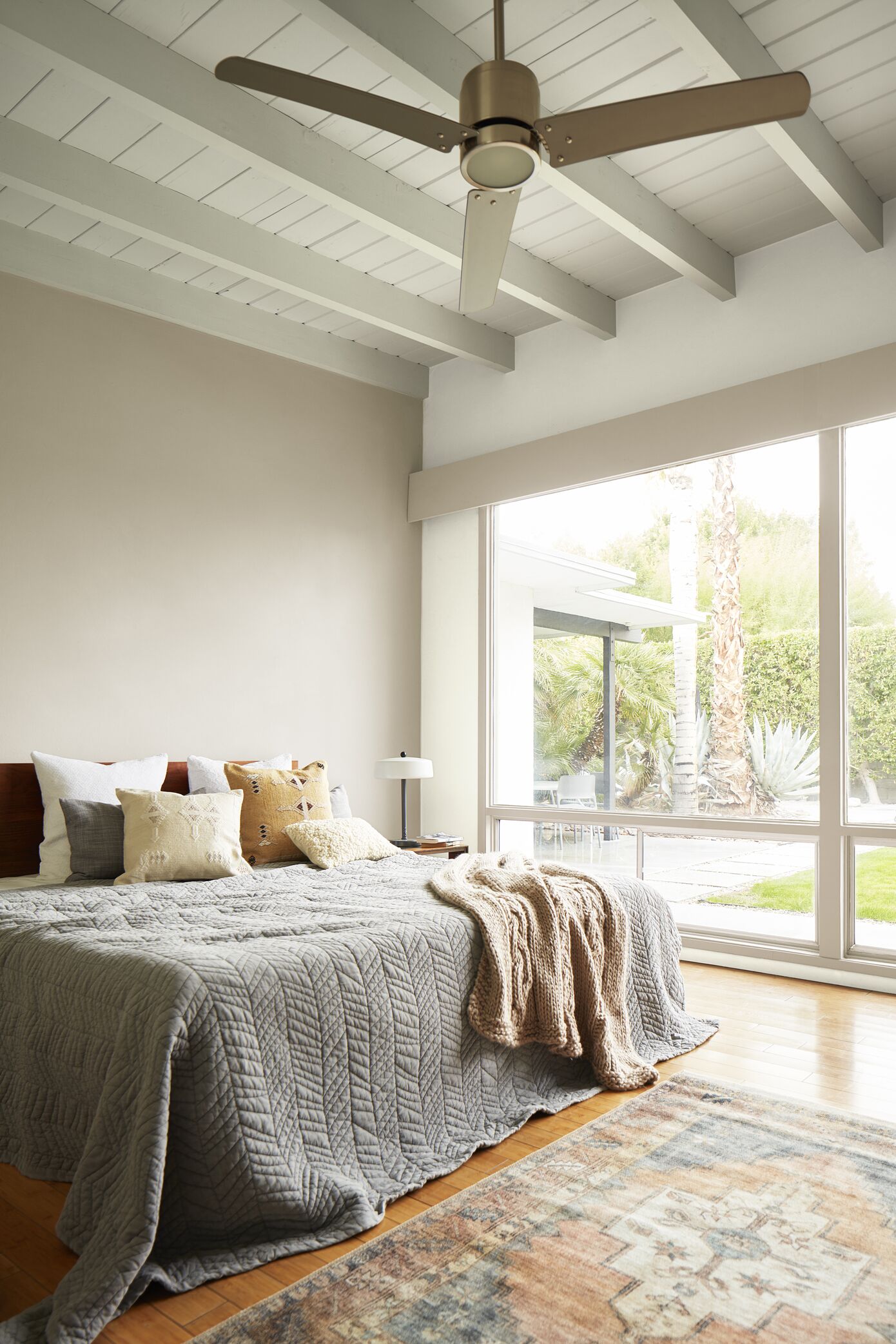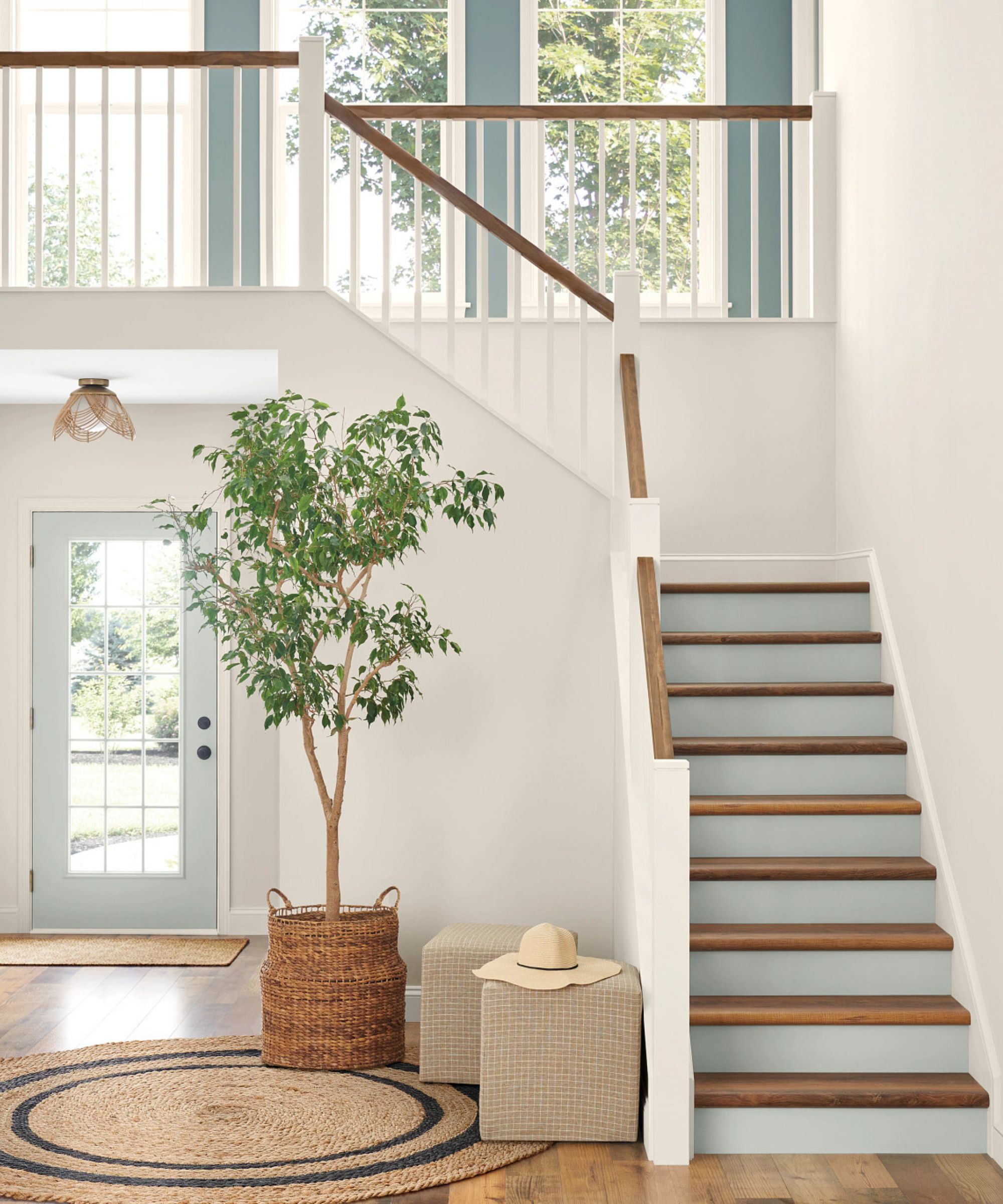
Waking up to sunlight streaming through your window can really put some pep in your step, but when it is accompanied by blaring heat and humidity, starting the day can feel more like peeling yourself from your sheets than getting up gracefully.
While some unusual methods for staying cool at home can certainly help to cool down a room, the best approach to feeling comfortable quickly is to cool down your whole house and eliminate hot air that can quickly put a dampener on your day.
So, what is the fastest way to cool down a house? Experts suggest it is a combination of these three things – here’s how they work.
What is the fastest way to cool a house?
Although we wish there were one simple answer to cooling down a house, it is never that simple:
‘No single method is usually enough to fight the brutal heat effectively,’ explains Yashar Mosaferi, HVAC expert and president of Klondike AC. ‘It's always better to combine a number of solutions to ensure proper cooling and efficiency. With that in mind, I recommend optimizing your home to use Central air with complimentary cooling strategies,’ he says.
1. Optimize your home for central air

It should go without saying that the most effective and quickest way to cool your home is to turn your thermostat down and blast your central air, begins Brad Roberson, president at Aire Serv, a Neighborly company:
‘A whole-home HVAC system is designed to remove humidity and heat in the home to create a comfortable environment,’ Brad explains. ‘Homeowners should ensure the HVAC system is inspected at least annually and the air filters are changed every 30 to 90 days, depending on the needs of the homeowner. This will help ensure the unit will run as it should.’ It is also useful to regularly clean your HVAC system to keep it running efficiently and help to cut energy bills.
‘Always have the HVAC unit inspected before the start of the summer season.’
2. Pair with fans to keep air moving

It is certainly possible to cool a room with fans, but they are not as impactful on their own. This is why Yashar Mosaferi, an HVAC expert, suggests pairing them with your built-in central air to keep air moving and feel cooler at home:
‘To maximize the efficiency of your central air conditioning, consider using ceiling fans to help spread cold air more effectively. Fans create a wind-chill effect so that you will feel cooler without the necessity of turning down the thermostat,’ he says. Just be sure to run the fan counterclockwise to help pull hot air up and away from you, rather than punching warmer air down.
You can also point a fan out of a window to help cool down a house, using it to direct hot air out of your home while keeping hotter air out.
3. Check your home’s insulation

When designing a home that stays cool, your home insulation should be at the top of your priority list. Although insulation is more commonly associated with keeping your home warm in winter, good insulation will reflect heat and prevent hot air from entering your home and countering the work of your central air, explains Max Veggeberg, CEO and founder of Tetra:
‘Improving insulation in your home is also crucial to maintaining cool and comfortable indoor temperatures and reduces the workload on your HVAC/cooling system. By ensuring that your home is well-insulated, you can minimize heat loss in the winter and keep cool air trapped indoors during the summer months, translating to lower energy bills and a more energy-efficient home overall.’
Insulating your home can be as big as insulating an attic to make a house cooler, or as small as checking the weather stripping around windows and doors to prevent small jets of hot air getting in.
FAQs
How can I cool my house overnight?
When trying to cool a house overnight and wake up to more comfortable temperatures it is a good idea to open windows and utilize fans. The outside temperature is usually cooler at night than in the day, so opening up windows and positioning fans to push hot air out of the space will ensure that your home feels cooler in the morning. Be sure to close the windows before the outside air gets too warm, however, to avoid counteracting your hard work.
How long should it take to cool a house one degree?
When trying to cool down a home, it usually takes around one hour to change a room's temperature by one degree. However, this all depends on the size, type, and power of your HVAC system, the size of your home, and the temperature. A very hot, open-plan home will take longer to cool than a slightly warm, closed-off space, for example. Ensuring that your HVAC system is an adequate size for your space and is well maintained will make cooling a house quicker and more efficient.
Of course, these are not the only ways to keep a home cool in a heatwave. Anything that stops sunlight and heat transfer will help to keep a home more comfortable in the warmer months, reminds Brad Roberson, president at Aire Serv. For instance, ‘closing blinds and curtains to reduce direct sunlight entering the home, ensuring doors and windows are properly sealed, and trying to reduce the use of the oven and stove during the day all have an effect,’ he says. ‘Even something as small as switching to energy-efficient light bulbs can also help reduce heat generation from light bulbs.'







